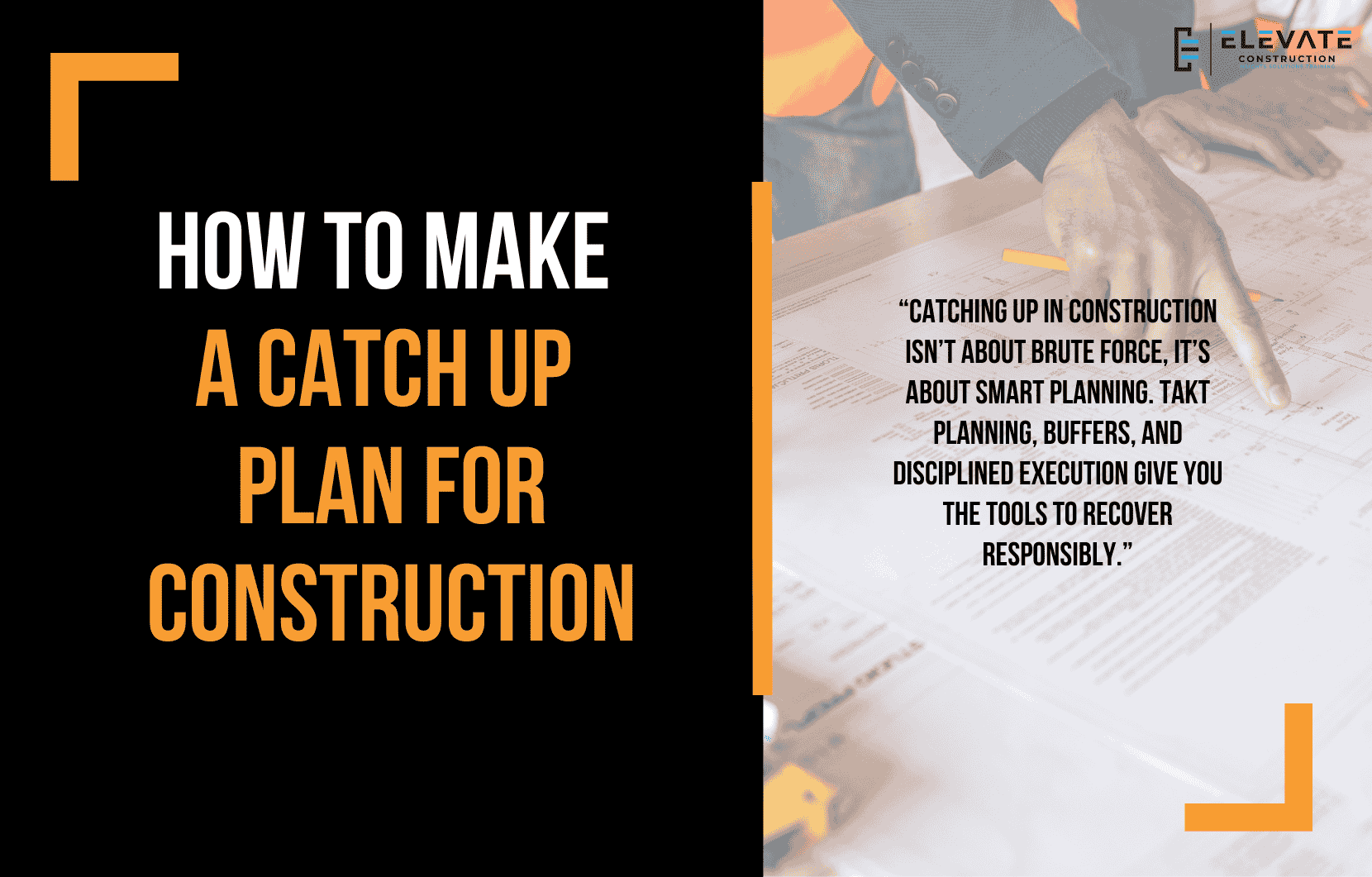Questions from Listeners – ADHD, Residential Builders, and Collaboration
Today I’m diving into some powerful listener feedback and questions that really hit home for me.
First, I want to pause and recognize a thoughtful message from someone who connected with my content on ADHD. They shared how planning, novelty, and coping mechanisms all play a role in how people with ADHD show up at work and in life. While I don’t personally have ADHD, I’ve learned from friends and colleagues that it’s very real. And honestly, the reminder hit me hard: people don’t need a pass or pity, they just want to be understood. Just like discovering the color blue gave us a whole new way to see the world, having the language for ADHD helps us understand people better. That perspective alone can make us better teammates, leaders, and humans.
Now, onto some of the listener’s questions.
One builder asked how to bring residential contractors, who might still be using paper bids or rough estimates into the world of collaboration and design-build. My answer: start with expectations, not tools. I’ve seen residential trade partners rise beautifully when the bar is set high. What matters isn’t whether they use paper or Excel, it’s whether they’ve really thought through their scope, read the drawings, and bought into the project. The truth is, capability can always be built. And if it’s missing, there are estimating and VDC services that can fill those gaps at reasonable cost.
Another great question was about designers. In residential and light commercial work, many still use AutoCAD instead of Revit or full BIM. Does that make collaboration impossible? Not at all. The key is coordination on the essentials, floor plates, structural tie-downs, clear openings, stair and elevator alignment, ceiling heights, and roof slopes. You don’t need to model every stud, but you do need to avoid clashes that cause rework and cost overruns later. A little intentional coordination goes a long way.
And then there’s the classic challenge: how do you communicate the best path forward to a developer and still let it feel like their idea? My take: get permission, pencil out your approach, and secure their approval. Once they’ve seen it work, celebrate them publicly. Shine the spotlight. Make them the hero of the success. That kind of recognition builds trust and makes them more open to your ideas in the future.
The big theme here is simple, whether we’re talking about ADHD, residential builders, or developers, people rise when they’re understood, supported, and respected. And if we expect more, build capability, and collaborate openly, the results will follow.
On we go.
Key Takeaway
Understanding people, setting high expectations, and building capability create better outcomes in any project, whether in residential construction, design coordination, or leadership.
If you want to learn more we have:
-Takt Virtual Training: (Click here)
-Check out our YouTube channel for more info: (Click here)
-Listen to the Elevate Construction podcast: (Click here)
-Check out our training programs and certifications: (Click here)
-The Takt Book: (Click here)
Discover Jason’s Expertise:
Meet Jason Schroeder, the driving force behind Elevate Construction IST. As the company’s owner and principal consultant, he’s dedicated to taking construction to new heights. With a wealth of industry experience, he’s crafted the Field Engineer Boot Camp and Superintendent Boot Camp – intensive training programs engineered to cultivate top-tier leaders capable of steering their teams towards success. Jason’s vision? To expand his training initiatives across the nation, empowering construction firms to soar to unprecedented levels of excellence.
On we go










